Five places that will show you the quirkier side of Stockholm
It's maybe best known for its palaces and archipelago islands, but Stockholm also offers plenty for those looking for a more offbeat experience. Even if your outdoor and social activities are restricted this Spring, why not use this time to find inspiration for the future? Here, we've picked five of the best examples of Stockholm’s quirkier side.
Published: 28 February 2020 13:25 CET
Updated: 17 March 2021 12:22 CET
Updated: 17 March 2021 12:22 CET

Gröna Lund is one place that gives a taste of Stockholm's quirkier side. Photo: Adam Wrafter/SvD/TT
1. Bio Rio on Hornstulls Strand
Dating back to the 1940s, this is one of just a few of the original single-screen cinemas in the city. It’s a great place for both blockbusters and indie films as well as live cultural events. It’s also got a full-menu restaurant and sits along the waterfront.
While stepping into this cinema is like stepping back into time, Bio Rio makes our quirky list because of the role it would have played in a bizarre bit of cinematic history. It was here and at other cinemas across Stockholm that the film ‘One Flew Over the Cuckoo’s Nest’ debuted in 1976. That by itself is of course nothing strange. The film is considered a bona fide classic and netted five Oscars, including Best Picture, Best Actor for Jack Nicholson and Best Actress for Louise Fletcher.
It was a hit around the world but in Sweden, well, it was something else. Here, it proved so popular that it played in cinemas throughout Stockholm for a world-record 573 straight weeks – that’s over 11 years, for the math-challenged. It’s estimated that around 2 million people saw it in the theatre before its run ended in February 1987. At that time, that was roughly one-fourth of the Swedish population. We won’t dare to delve into a psychoanalysis of what exactly it says about Swedes that this movie about life in a mental institution was such a hit, but surely it says something.
2. Vasa Museum
OK, so the Vasa Museum is firmly on the tourist trail already, but the story of the Vasa remains one of the most peculiar in Swedish history.
In case you don’t know the story, Sweden built the huge warship The Vasa to symbolize its power. Commissioned by Gustav II Adolf in 1625 to send a signal to the world, the elaborate ship took two years to build. When it was finally ready for its day of glory, the warship’s maiden voyage was instead a fiasco for the ages. It made it barely over a kilometer before sinking and then spent the next 333 years rotting on the seabed.
At least there’s a happy ending. The Vasa was raised in 1959 and after a long painstaking preservation process, the museum is now a national treasure that is visited by over one million people a year.
3. The National Board of Health and Welfare (Socialstyrelsen) offices on Rålambsvägen
We can hear you now. Why would anyone in their right mind, want to visit the welfare offices? But this nondescript office block was the scene of a seminal moment in recent Swedish history: it was here that a group of activists convinced Swedish officials to declassify homosexuality as a mental illness in 1979.
Despite its reputation as a bastion of equality, Sweden did indeed consider homosexuals to be mentally ill up until that point. Recognizing the absurdity and unfairness of this designation, the Swedish Federation for Lesbian, Gay, Bisexual and Transgender Rights (RFSL) organized an action that saw 30 to 40 activists occupy the staircase of the welfare office and vow to stay until the Swedish agency agreed to declassify homosexuality as an illness.
Their actions not only paved the way for Stockholm’s current status as one of the most gay-friendly cities in the world, it also created an urban myth that, although not quite right, lives on to this day. As the story goes, gay Swedes decided to work that mental illness designation to their advantage by “calling in gay” to work. One woman even succeeded in qualifying for social security benefits with her illness.
Alas, that story isn’t quite true. Here’s what really happened, according to some sleuthing by Slate and RFSL’s own telling. The activists arrived at the office on August 29, 1979 with the intention of staying for as long as one week. Because that meant they couldn’t turn up at their jobs, most of the activists simply called in sick without revealing what they were actually up to but a few of the more outspoken ones did indeed call their employers to say that they were unable to come to work because they were gay. Over the years, the story morphed into large numbers of Swedes “calling in gay” to work, which we admit has a better and more succinct ring to it than this convoluted retelling. Nevertheless, their efforts succeeded and the National Board of Health and Welfare removed homosexuality as a mental illness less than two months after the action.
4. Margaretha Krook’s statue at the Royal Dramatic Theater
On the grounds of the Royal Dramatic Theatre (Dramaten), you’ll find a statue of Swedish actress Margaretha Krook, best known for her role in the Bergman film Persona from 1966, but her acting career is not what’s important here.
No, we’re sending you here so you can literally give her a hug, or rub her belly if that’s more your thing. You see, Krook dismissed the idea of having a statue erected in her honour because she thought they were too cold and impersonal. The Royal Dramatic Theater, however, was so determined to recognize her decades-long contributions to stage and screen that they found a bit of a workaround by erecting a heated statue that keeps Krook’s likeness at body temperature, 37C. The heated statue is placed right where the actress liked to smoke her last cigarette before taking the stage and now it’s a popular spot for visitors who want to warm up.
Our final recommendation is Gröna Lund, located on the edge of the Djurgården island in central Stockholm. It’s well-known as a funfair, but it’s also the best place to catch some of the music world’s top stars – everyone from Iggy Pop to The Smashing Pumpkins have played here.
But while you’re there, howling with laughter on a roller coaster or taking in a concert, take a minute to appreciate the strange story hiding among the rides.
In the spring of 1935, a fire started in a workshop that would spread throughout the park and cause massive devastation. Gröna Lund was at the time in stiff competition with the neighbouring Nöjesfältet amusement park, and the fire could have been a fatal blow. Instead, its owner Gustav Nilsson persevered and was able to get the majority of its marquee attractions rebuilt by the end of that summer. This allowed the rivalry between Gröna Lund and Nöjesfältet to continue but, unbeknownst to Nilsson and his counterpart, Nöjesfältet owner Johan Lindgren, that 1935 fire wasn’t the only thing smoldering.
It turned out that Nilsson’s daughter Ninni and Lindgren’s son John had been secret lovers while their fathers were fighting over the attention of the public. When the old men kicked the bucket, the two lovers kept their relationship secret no more. They married in 1942 and joined forces to run both amusement parks until they shuttered Nöjesfältet in 1957 and handed the reins of Gröna Lund to their son, John Lindgren Jr, in 1981.
Url copied to clipboard!

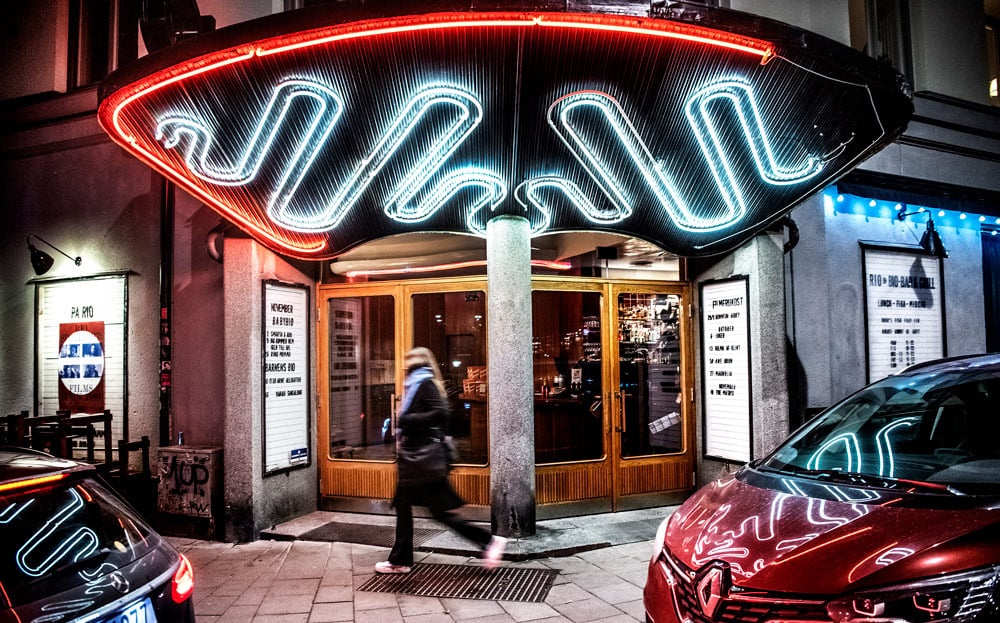
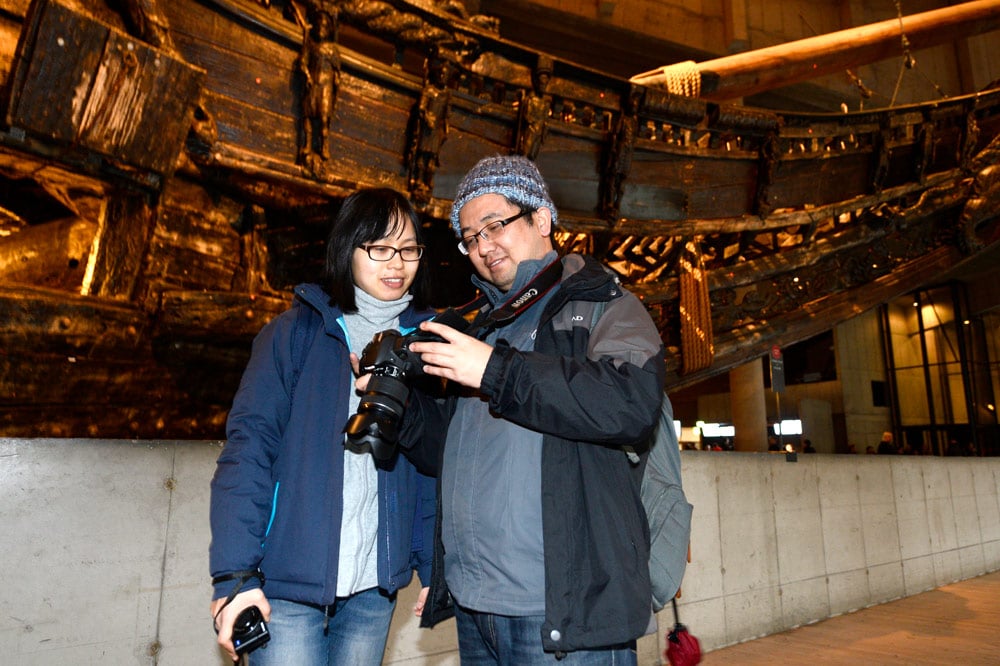
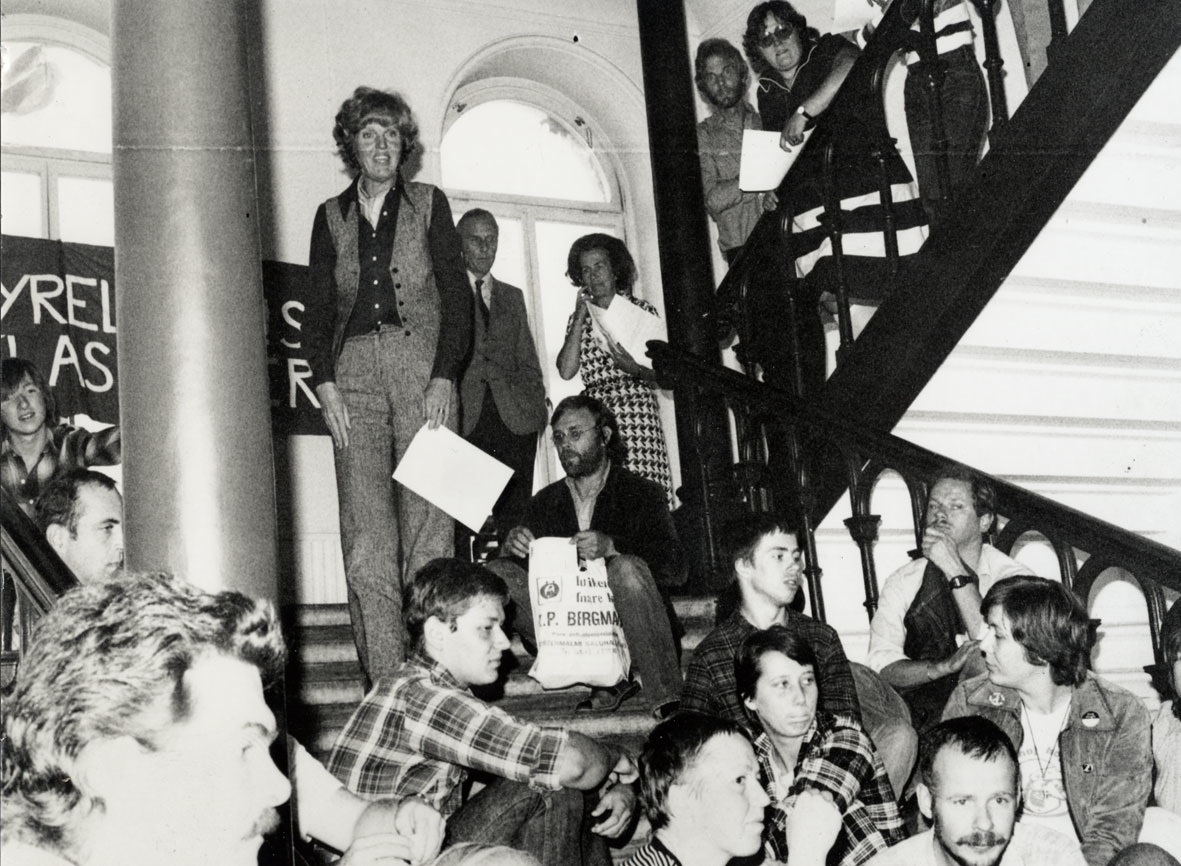
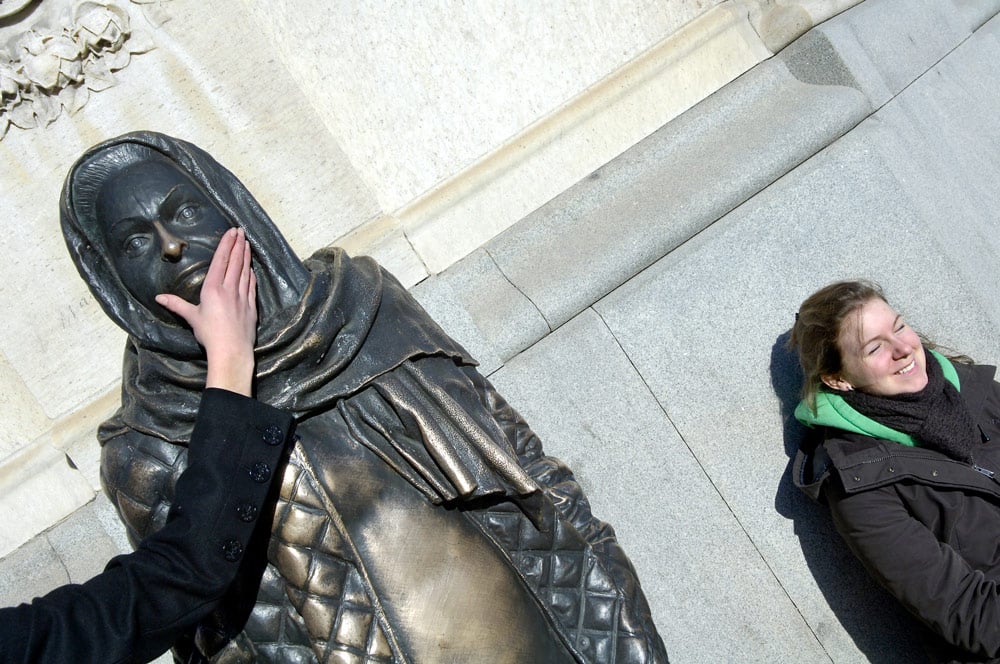
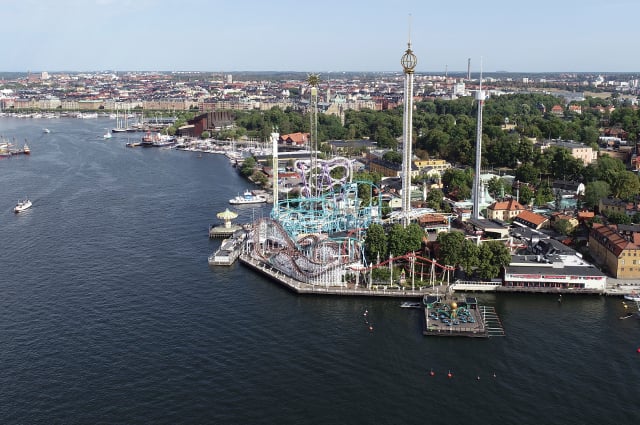

 Please whitelist us to continue reading.
Please whitelist us to continue reading.